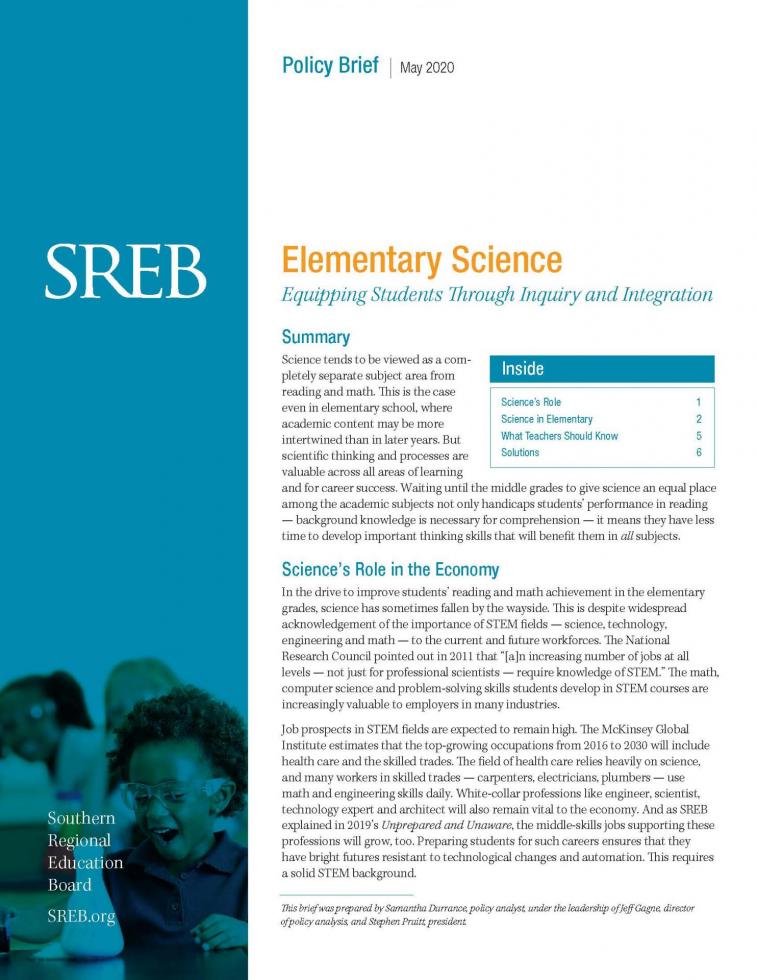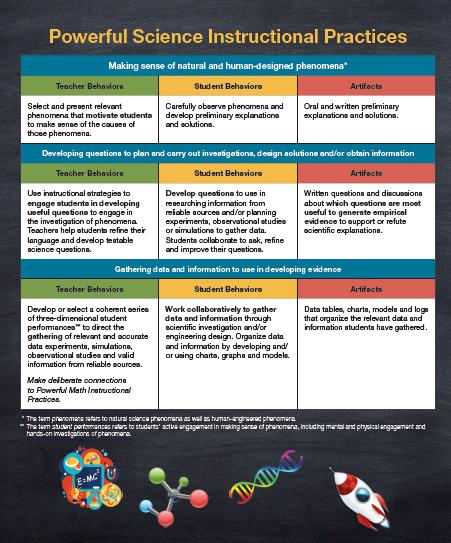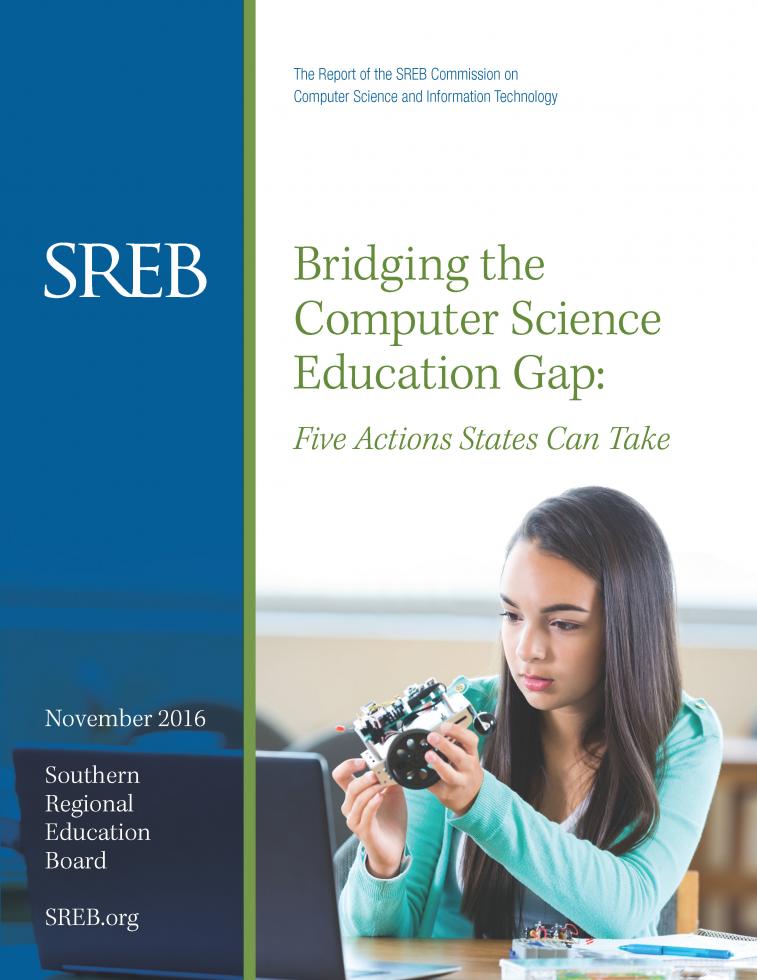Topic: Science Education
Science Education
Science education helps determine the paths students can pursue in careers and college. A solid STEM background builds resistance to changes in technology that could leave millions unemployable.
To help states improve science education, SREB monitors progress, recommends promising practices and offers curriculum, training and professional learning for K-12 teachers. We diversify the faculty who teach tomorrow’s STEM majors and bring specialized health-professional degrees to more students across the South.
Elementary Science
Equipping students through inquiry and integration
In the Elementary Science report, SREB examines how science instruction, typically taught separately from reading and math, may not be getting enough attention in elementary classrooms. The reports looks at how waiting until the middle grades to give science an equal place among the academic subjects can hinder students in developing important thinking skills that will benefit them in all subjects areas and for later career success.
Powerful Science Instructional Practices
Advanced Career
High-tech skills plus high-level academics
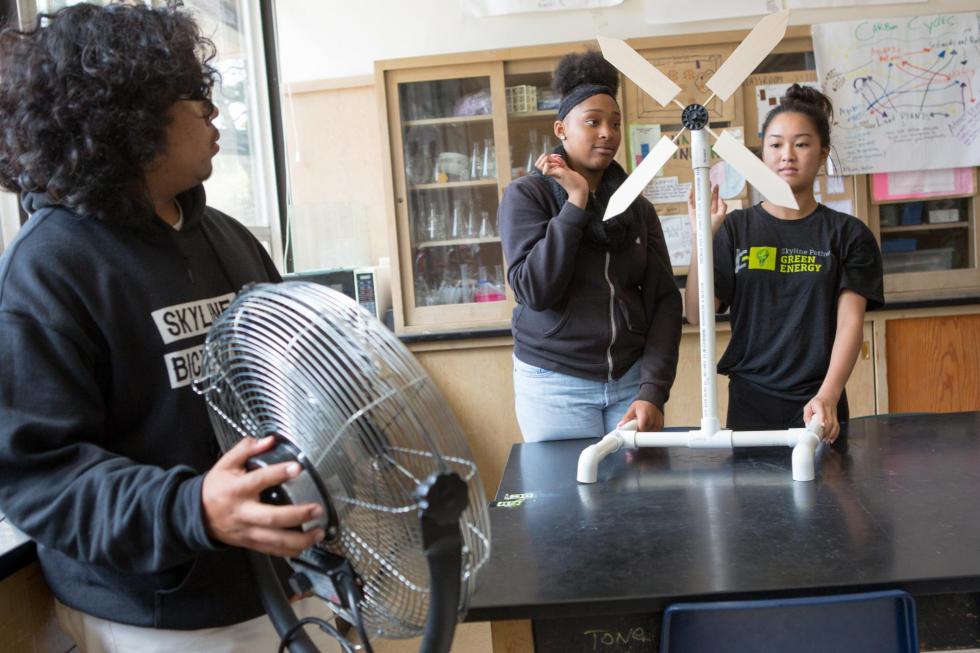 To help high schools prepare
students for both college and careers, SREB partnered
with state leaders, local employers and master teachers to
develop Advanced Career. Four-course pathways connect
academics with hands-on projects so students see how learning
connects to life outside the school walls.
To help high schools prepare
students for both college and careers, SREB partnered
with state leaders, local employers and master teachers to
develop Advanced Career. Four-course pathways connect
academics with hands-on projects so students see how learning
connects to life outside the school walls.
From aerospace engineering to clean energy technology, the research-based curricula allow teens to test drive careers in high-demand STEM fields while building college-ready reading, writing, math, science and workplace skills.
Middle Grades STEM Curriculum
Building pathways to emerging tech careers
 STEM skills are essential in the workplace. Students need to be able to grasp complex problems, think creatively, understand technology and troubleshoot problems.
STEM skills are essential in the workplace. Students need to be able to grasp complex problems, think creatively, understand technology and troubleshoot problems.
SREB’s middle grades STEM projects help teachers tap students’ natural curiosity about the world and deepen their understanding of scientific inquiry and the engineering design process. Students work together to solve real-world problems from designing a bike path to investigating a disease outbreak.
Science & Math Teacher Preparation
Teaching skills for those new to the classroom
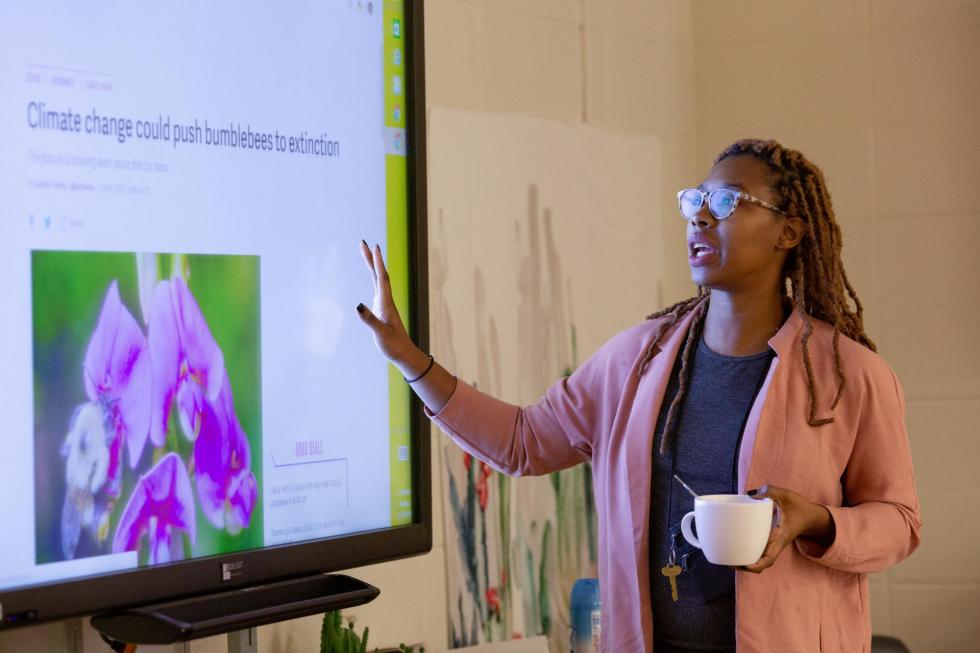 Schools need more science and math
teachers, who need to be well prepared to educate
students in the subjects that open doors to today’s STEM
careers.
Schools need more science and math
teachers, who need to be well prepared to educate
students in the subjects that open doors to today’s STEM
careers.
Professionals who enter the classroom without a degree in education may have strong math and science knowledge but lack classroom experience and confidence in their ability to teach. SREB helps new and early-career teachers with essential teaching skills. Customized professional learning and coaching help them plan instruction, engage students, manage the classroom and assess and give students feedback.
Bridging the Computer Science Education Gap
Five actions states can take
The Report of the SREB Commission on Computer Science and Information Technology
SREB’s Commission on Computer Science and Information Technology offers five actions for states and schools to help more young people — especially girls, black and Hispanic students, and students from low-income families — learn computer science and explore and choose careers in computing fields.
A Conversation on NAEP Science: Under the Microscope
Twitter Chat
Stephen Pruitt, president, Southern Regional Education Board, participated in a Twitter chat hosted by the Governing Board on June 29, 2021 covering topics related to K-12 science education and the workforce. The chat also featured Erika Shugart, executive director, National Science Teaching Association; Beth Allan, retiring president, National Science Teaching Association; and Christine Cunningham, member, Governing Board, and professor, Penn State University College of Education.


